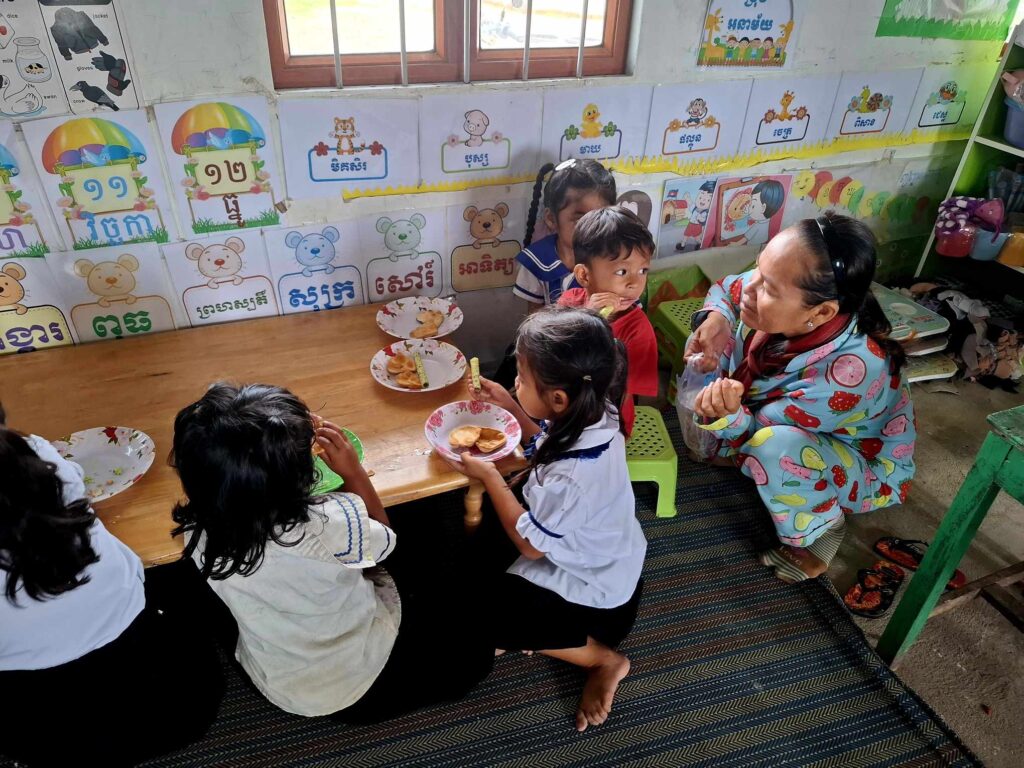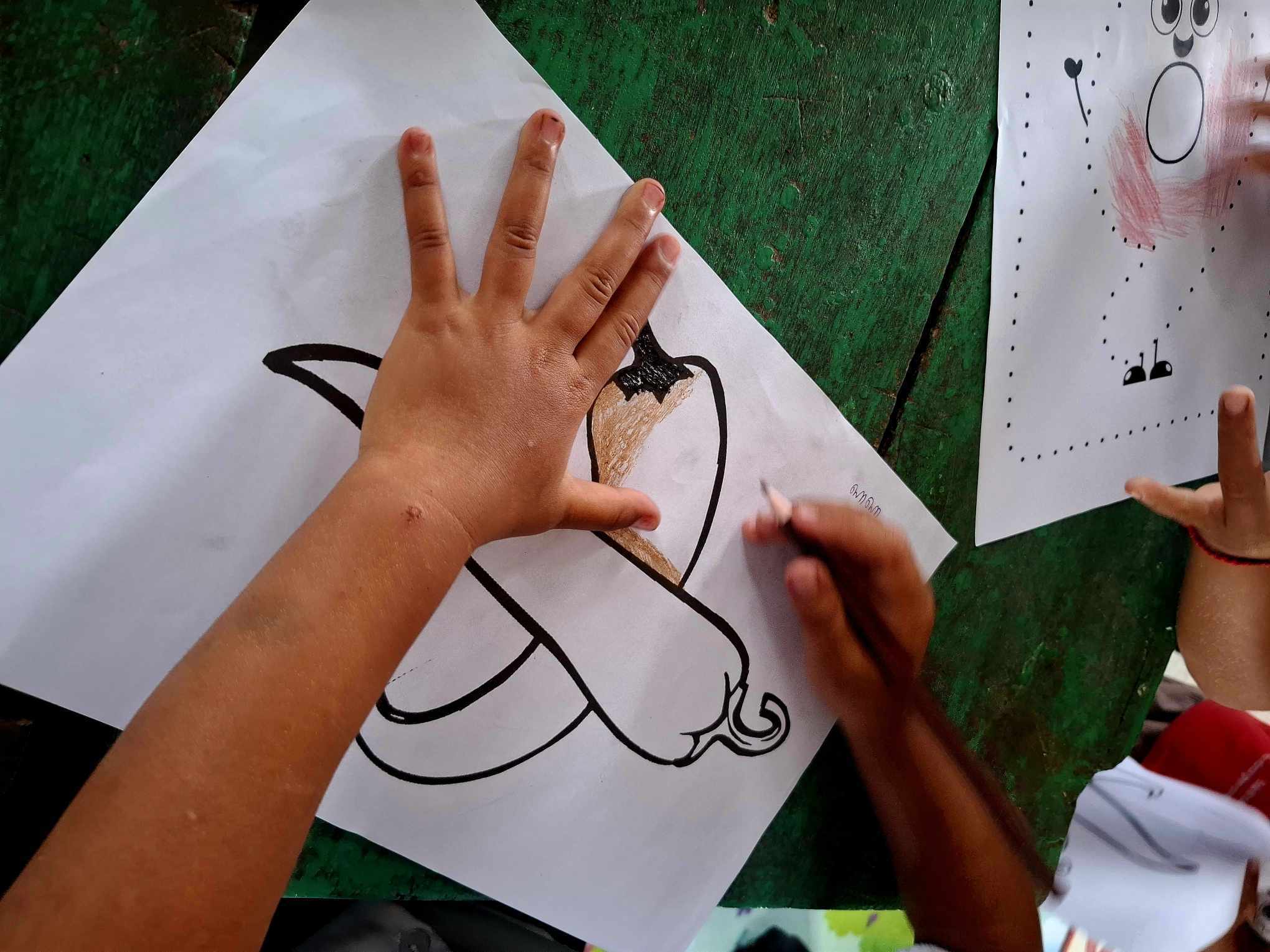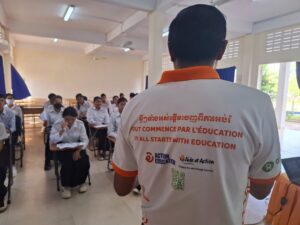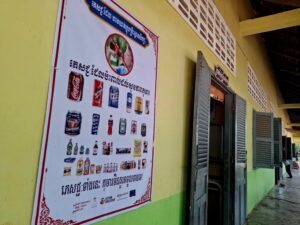Health and nutrition start with education—and the impact of community-rooted initiatives extends far beyond the classroom. Teaching children about hygiene, nutrition, and health isn’t just part of the curriculum—it’s the foundation for healthier, more resilient communities.
Nutrition and education are closely linked: healthy students are more engaged, achieve better results, and are less likely to drop out of school. The support Action Education / Aide et Action (AEA) provided to 57 schools in 2024 – reaching about 15,000 students – goes far beyond the numbers.
This isn’t just about education—it’s about creating change rooted in education.

By instilling life-changing habits early on, we empower children to lift the entire population toward better quality of life. It’s not simply about teaching; it’s about shifting mindsets, building life skills, and a generation of changemakers.
Invest in health. Invest in education. Invest in the future.
When a child learns to care for their body, to value nutrition, and to protect themselves and others from illness—that’s a life skill. But when that same child teaches their sibling, guides their friends, and even influences their parents? That’s a movement.
Students are not just passive recipients. Empowered, they bring essential knowledge about hygiene and eating habits into the heart of their families and communities. They become active agents of change.
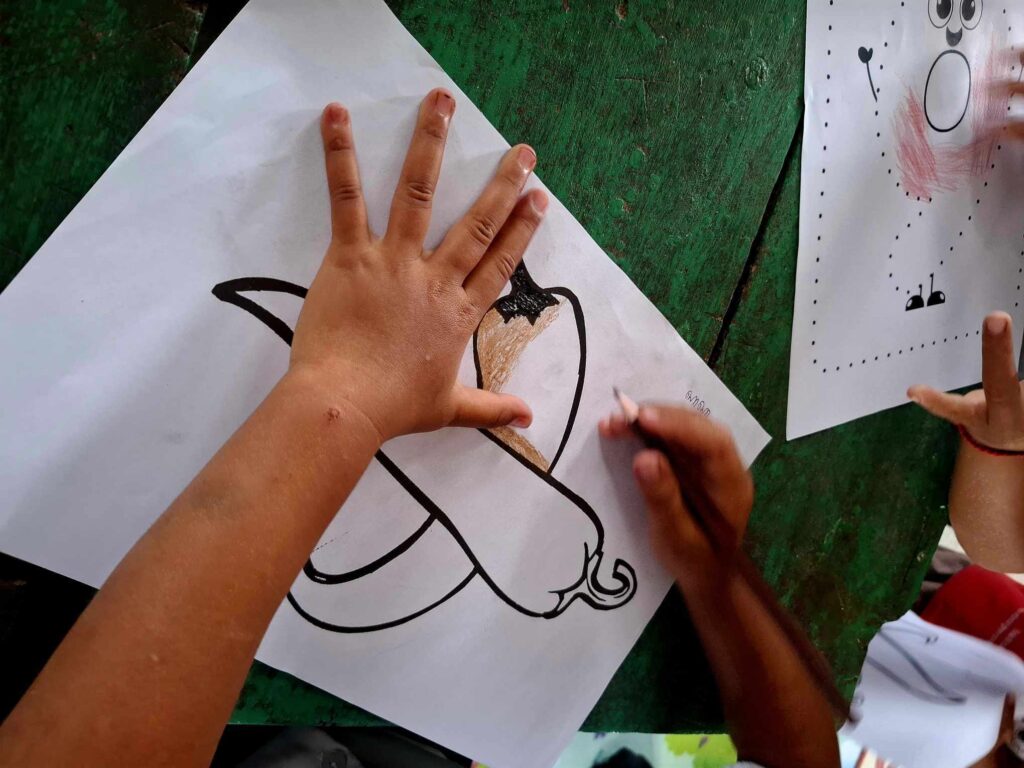
Their messages resonate with the broader population because we support local initiatives, building trust and working closely with schools, families, and community leaders. School campaigns aren’t imposed from the outside—they’re nurtured from within.
School Meals as Key Drivers of Change
Through the EU co-funded CO-SAVED project, we support the provision of nutritious meals in 26 community pre-schools across coastal provinces. Health and nutrition education is not limited to awareness sessions—it’s embedded in daily routines, especially in the meals served each morning.
For children, especially in rural or remote areas, our school feeding programme doesn’t just fill stomachs—it fuels learning. Well-fed students are more attentive, perform better academically, and have higher attendance rates.
The programme also strengthens local economies. Many teachers and school staff source ingredients locally, meaning farmers, market vendors, and small-scale producers benefit directly. This boosts local incomes and promotes sustainable, resilient food systems.
This is also about reinforcing a culture of care for every child. When children gather around shared tables, they experience care, equality, and dignity. School meals also invite community participation, with caregivers helping to cook, clean, or manage gardens that supply ingredients—deepening the community’s shared commitment to nurturing and protecting its children.
The impact of health and nutrition education doesn’t end at the school gate. It extends into homes, neighborhoods, and entire communities—strengthening resilience, improving well-being, and ultimately contributing to a better quality of life for all.
